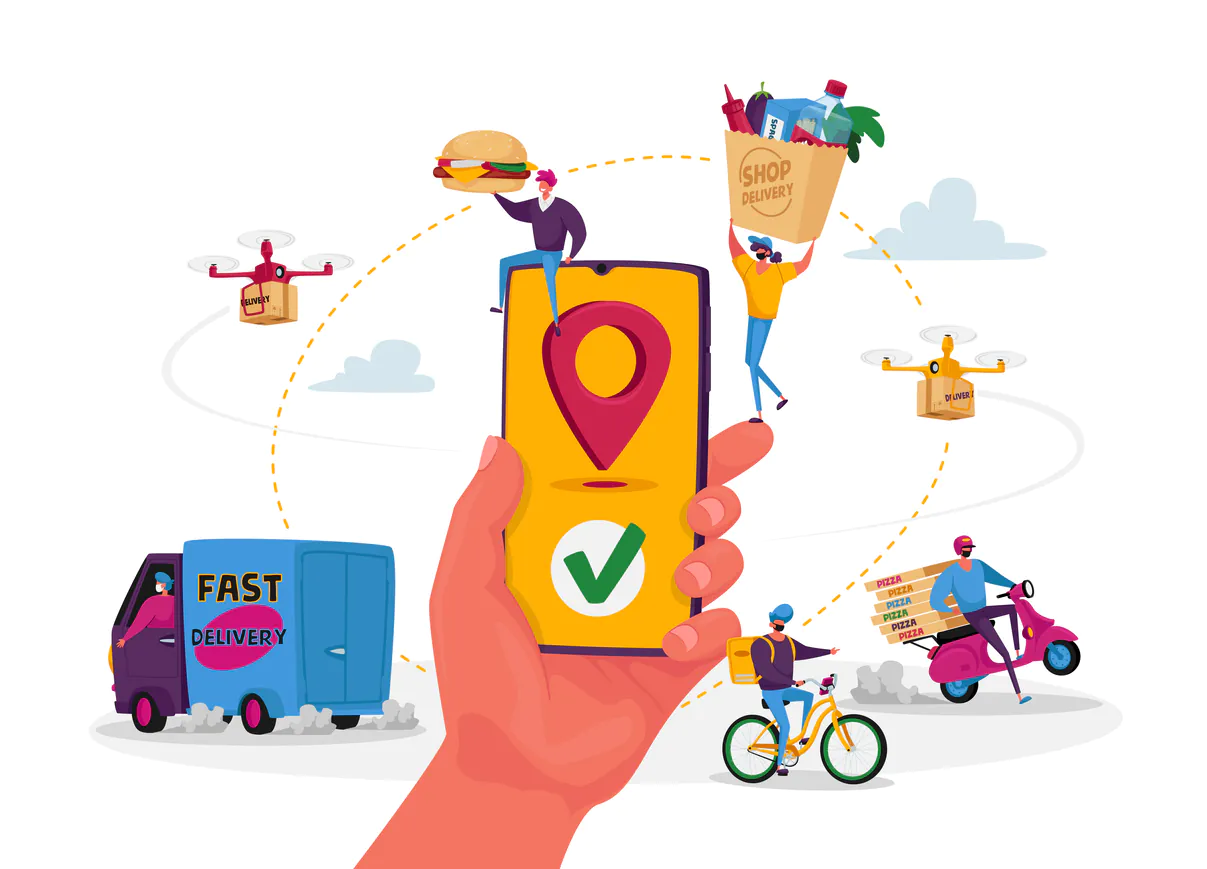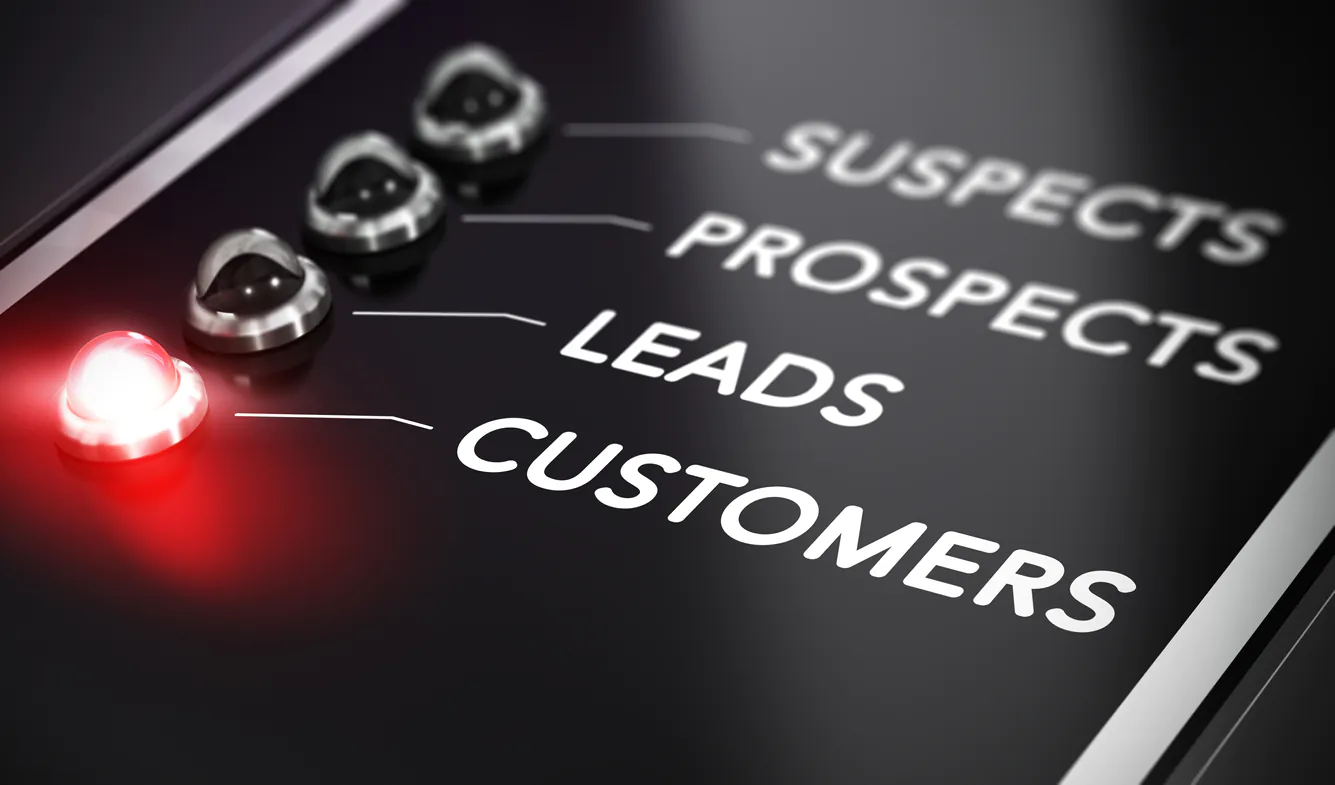Getting potential customers interested in your products and services is essential to running a successful business. It doesn’t matter how good your offerings are if no one knows about them in the first place. That’s why it’s important to have a strong demand generation strategy.
What is Demand Generation?
Demand generation is a marketing strategy designed to build brand awareness and interest throughout the buyer lifecycle. It involves a variety of different campaigns and techniques, from buyer profiles and prospecting to content creation, email campaigns, events, and detailed data analysis. The goal is to establish your company as a trustworthy market expert, drawing potential customers into the sales funnel and interacting with them at every point in the conversion process in order to develop them into qualified leads.
Working closely with the sales team, demand generation can create a predictable sales pipeline for customer conversion. Reaching out to low-quality leads can cost the sales team significant amounts of time, as there’s no guarantee those prospects will be a good fit for your company’s offerings. The demand generation process helps prevent this by creating interest and trust in the company and nurturing leads through the conversion funnel before passing them on to the sales team.
Millions of companies are using BizVibe to integrate their demand generations strategies all in one place.
Demand Generation vs. Lead Generation
For those familiar with lead generation, these two concepts may sound like the same thing. But while there is overlap, each strategy has its own distinct goals. Lead generation often casts a wide net, utilizing cold calling and emailing, and engaging with customers very early in the sales funnel. This strategy can be more concerned with quantity over quality of leads.
Demand generation, in contrast, identifies potential prospects and shepherds them through the sales funnel, from initial interactions with a piece of content or the company website through to direct marketing, demos, and other activities in order to produce quality leads. This allows the sales team to focus their time and energy on the prospects who are most likely to convert, improving sales numbers.
Lead generation focuses primarily on collecting information about potential customers and turning them into leads via one-on-one interactions. In contrast, the scope of demand generation is much broader. It involves marketing activities such as advertising and content creation with the goal of raising demand, rather than specifically closing sales
.
How Demand Generation Works
The first step in demand generation is to build awareness. Consumers need to know your product exists before they can consider purchasing it. In a competitive market environment, it’s essential to make your brand stand out by creating a positive impression and a sense of trustworthiness.
Creating a content strategy allows you to build an audience and demonstrate your expertise. By developing content that meets the needs of your target customers, you can establish yourself as an authority in your industry while providing them with information to encourage them on their purchase journey. Those customers will be more likely to think of you when they set out to make a purchase.
Good content also helps you nurture prospects and existing customers through the sales funnel. FAQs and other informative pieces can give buyers the details they need to make a decision, and well-targeted content can be used to reach out to leads via the channels they are most likely to use. With careful research and analysis, these tactics can substantially improve the quality of your leads and encourage new sales.
Marketing Methods by Type
There are many different ways to market to potential consumers, and it’s important to utilize many of them rather than relying on just one or two. This allows you to both reach a greater number of people and provide content tailored to specific needs and points in the sales funnel. In order to raise awareness of your brand, social media and blog posts are good tools to take advantage of. After that, content such as paid advertising, free e-books and whitepapers, and free trials help encourage prospects to try your product and to give you contact information. Finally, case studies and testimonials can help seal the deal and show potential customers that your product is a good investment.
Social Media
Social media is a valuable tool for building not only awareness but also relationships. Here, you can promote content such as blogs and whitepapers, as well as advertise your product, announce new features, and inform customers of sales.
However, social media networks can also be used to build relationships with potential and current customers. By interacting with other people in your industry rather than only talking about yourself, you can get to know your target audience and develop a rapport with individuals and companies. Support others in your market by sharing useful information, boosting their posts, or offering advice. If your initial contact with someone helps build them up, they’ll be more receptive to a later sales pitch than if you immediately try to ask them for something. They may also be open to collaborating with you on projects such as webinars or blog posts, which can help attract people from outside your current sphere.
There are several social networks that can provide you with good reach and useful analytics, and an omnichannel strategy will serve you well. If you focus primarily on one channel, you’ll miss out on opportunities elsewhere. Keep the core of your content consistent across platforms but tailor it to the strengths of each one if you can.
Original Content
Blog posts, videos, podcasts, and webinars are just a few ways that you can establish your expertise in the industry and raise awareness of your product. Tailor your content to your target audience: who are you targeting, and what are their needs? Write about topics that are important to them and optimize that content for SEO. This will help the right people discover you and show them that you know what you’re talking about. When those people are ready to buy the type of product you’re offering, they’ll be more likely to come to you for it.
Email Marketing
Email offers opportunities to nurture leads at various points in the conversion process. For those prospects who are still near the top of the funnel, general newsletters with product information, links to your content, and other relevant information can help keep people informed and interested. For those who are farther along, you can distribute more detailed resources along with next steps in the purchase process.
A/B testing is an invaluable tool for email marketing. Everything can be analyzed and improved, from subject line to content type to specific wording to the time of day that you send your emails. Experiment to find the most effective strategies and improve open rates and conversions.
Testimonials and Case Studies
Word of mouth is a powerful tool, as are independent endorsements. When you have success stories, share them with your audience and encourage your customers to as well. Case studies can demonstrate how your product or service can benefit your customers, as well as show them what your process looks like.
Testimonials and reviews are invaluable because they come from independent sources. Having a number of businesses and individuals speaking about their positive experiences will increase confidence in your offerings and help convince customers to choose you over your competition.
Build a Cohesive Strategy
There are a wide variety of tactics you can use in order to generate demand and improve your leads. It’s important not to focus too heavily on just one to the detriment of others, or you’ll miss out on valuable opportunities. Raising awareness of your brand is essential, but it’s only the first step. Build confidence in your product, inform your prospects of its features and benefits, and let them know why they should choose you over your competitors. Monitor performance, test different methods, and hone in on what works best for your audience. With a clear plan and good data, your demand generation strategy can drive better-quality leads and increase sales efficiency.



